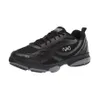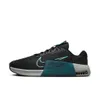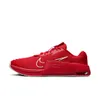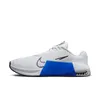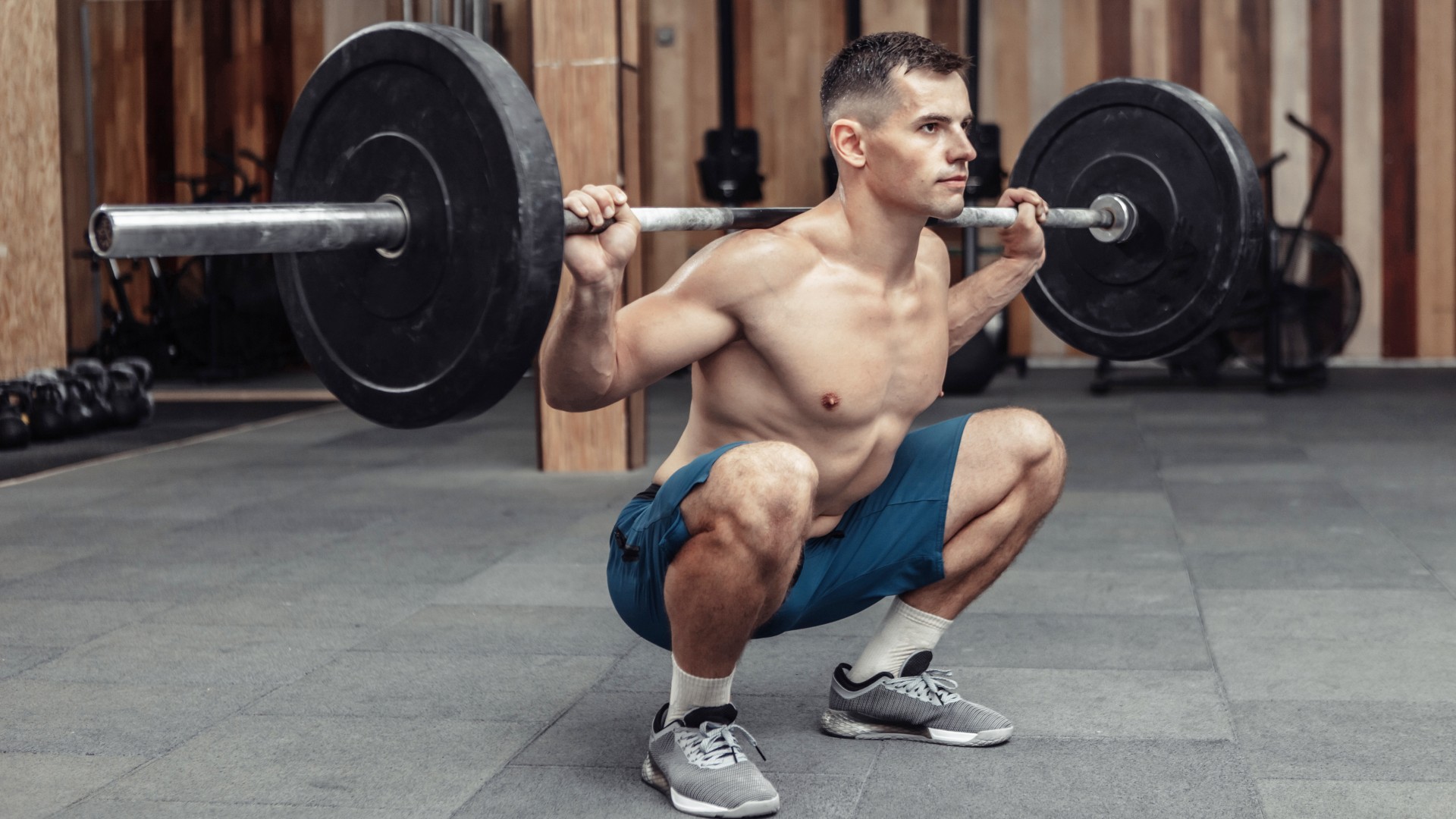
Barbell squats are one of the “big 5 compound lifts” and one of the most popular leg day exercises for weightlifters.
Before adding barbell squats to your workouts, learning proper squat technique from the ground up is crucial for bulletproofing you against future injuries, especially your lower back, and squeezing the most out of every rep.
Even before I entered the fitness industry as an instructor, barbell squats formed a huge part of my resistance training. The compound exercise (that means a multi-joint, multi-muscle move) builds muscle, strength and power in the glutes, hips, quads, and hamstrings and heavily recruits your core, so it makes sense that most leg day programs feature them in some way, at some stage.
Below, I reveal five tips for nailing your barbell squats — all five are things I wish I had known as a barbell squat beginner myself.
What muscles do barbell squats work?
Where the barbells versus dumbbells debate is concerned, there are pros and cons for each.
In the case of squats, barbells are superior to dumbbells for loading maximally — particularly if you’re working toward a one-rep max or looking to progressively overload your muscles by slowly adding weight to build muscle (known as hypertrophy) or develop strength or power.
Barbells also allow you to front or backload the body; back squats emphasize the posterior chain, sending more focus to your back, glutes, hamstrings and calves, whereas front rack squats anteriorly load the body, working the front body harder, including your quads, so you might choose one over the other or use them interchangeably, depending on your goals.
Sign up to get the BEST of Tom's Guide direct to your inbox.
Get instant access to breaking news, the hottest reviews, great deals and helpful tips.
Using barbells helps activate the upper body, including the upper back muscles, and the front squat can also help develop shoulder mobility, but the squat is primarily a lower-body exercise, with your core helping to drive movement and offer stability. Squats also improve mobility, overall muscular balance, and coordination.
However, loading the bar across the upper back can increase the risk of back injury, especially if you lean forward as you squat or round your back. The tips below should help you lift with the best form possible to avoid this.
How to do a barbell squat
Squats are a functional exercise, meaning they mimic the types of movements you do daily, helping improve how your body functions and the quality of that movement. This is why squats are among the big five compound lifts in weight training.
Whether you prefer front or back loading depends on your goals and strength program — but that’s for another day. Here’s how to do both, plus some tips.
To perform the back squat:
- Rack your barbell to chest height using a squat rack and load the bar with plates if needed
- Grip the bar roughly shoulder-width distance apart using an overhand grip and wrap your thumbs around the bar
- Step under the bar so that the barbell rests across your upper traps (upper back)
- Stand up and take a step back with the barbell
- Choose a hip or shoulder-width stance with your feet with toes facing forward or slightly outward
- Brace your torso, engage your core, squeeze your glutes, look ahead and take an inhale. Pull your elbows slightly back and draw your shoulders down
- Bend your knees and send your hips backward, lowering into a squat
- Keep your chest lifted, spine neutral and back straight, driving downward with your bum
- Pause at the bottom of the squat with thighs at least parallel to the floor
- As you exhale, drive through your feet and explosively stand. Squeeze your glutes as you extend your hips at the top of the squat
To perform the front squat:
- Approach the racked bar, grip the bar underhand and slightly wider than shoulder-width apart with your fingertips under the bar
- Send your elbows under the bar and rest the barbell across the fronts of your shoulders — avoid your neck
- Lift your elbows to help shelve the bar, then take a step back away from your squat rack
- Keep your chest and elbows lifted, back flat and core engaged, then follow the steps above to perform your squat.
If you have limited shoulder or wrist mobility, the front squat might feel less accessible. In that case, I recommend working on strengthening and stretching your shoulders and wrists or working closely with a coach on grip options.
5 things I wish I had known as a barbell squat beginner
These tips should help you get under the bar with confidence.
1. Your bar is your best friend, so get to know it
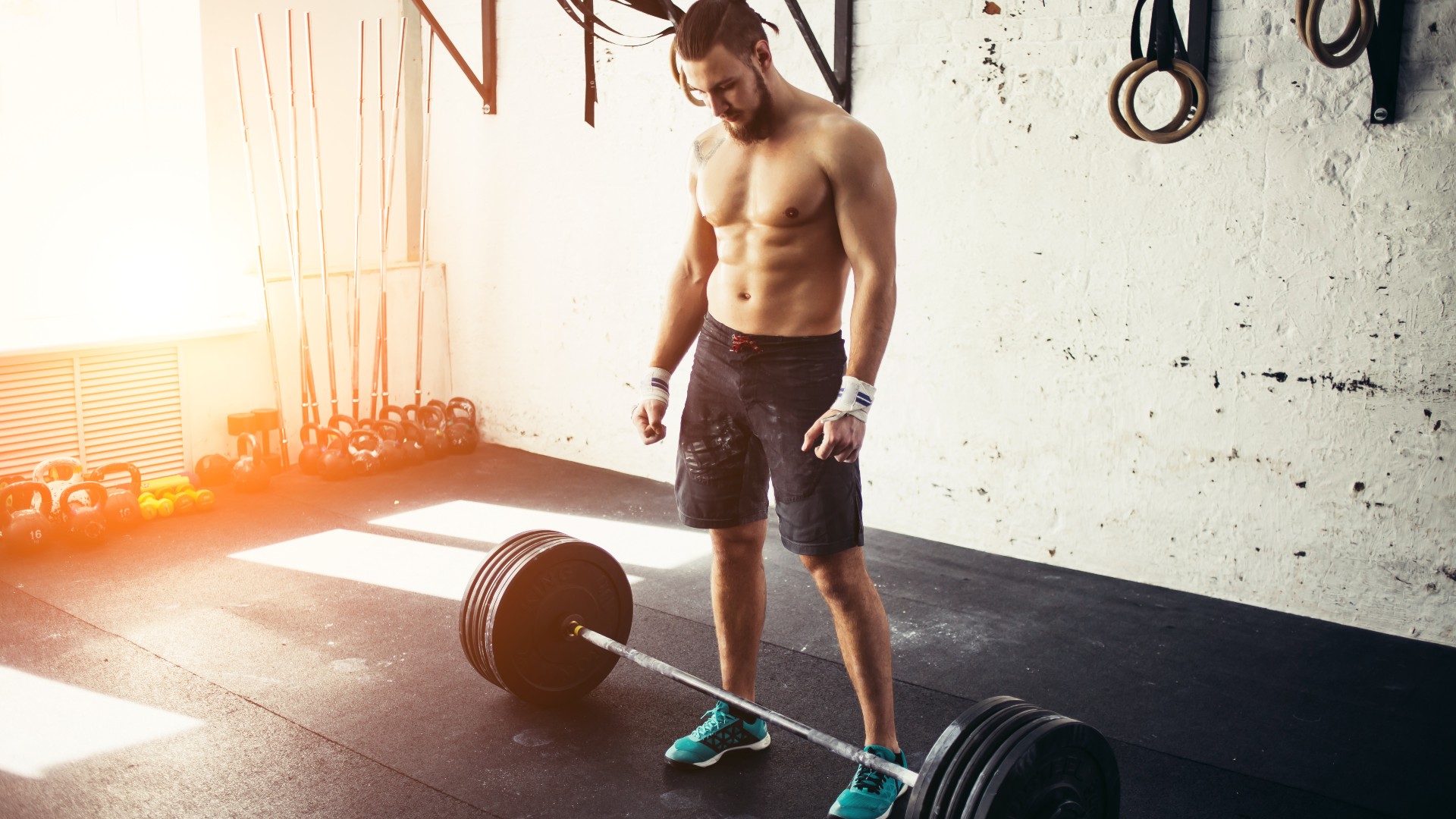
If you’re wondering how much you should squat as a beginner, it’s subjective and down to ability and experience, especially with barbells. Olympic barbells come in a few weights, the most common being 10kg, 15kg (33lbs) and 20kg (44lbs). A beginner might opt for a 10kg bar, while in the gym or CrossFit environment, women often grab a 15kg bar and men a 20kg bar.
I recommend reading the things I wish I had known before working out with barbells, which should give you an idea of what to expect when working out with barbells and the types of bars you’d use for which exercises.
2. Build slowly, and never rush
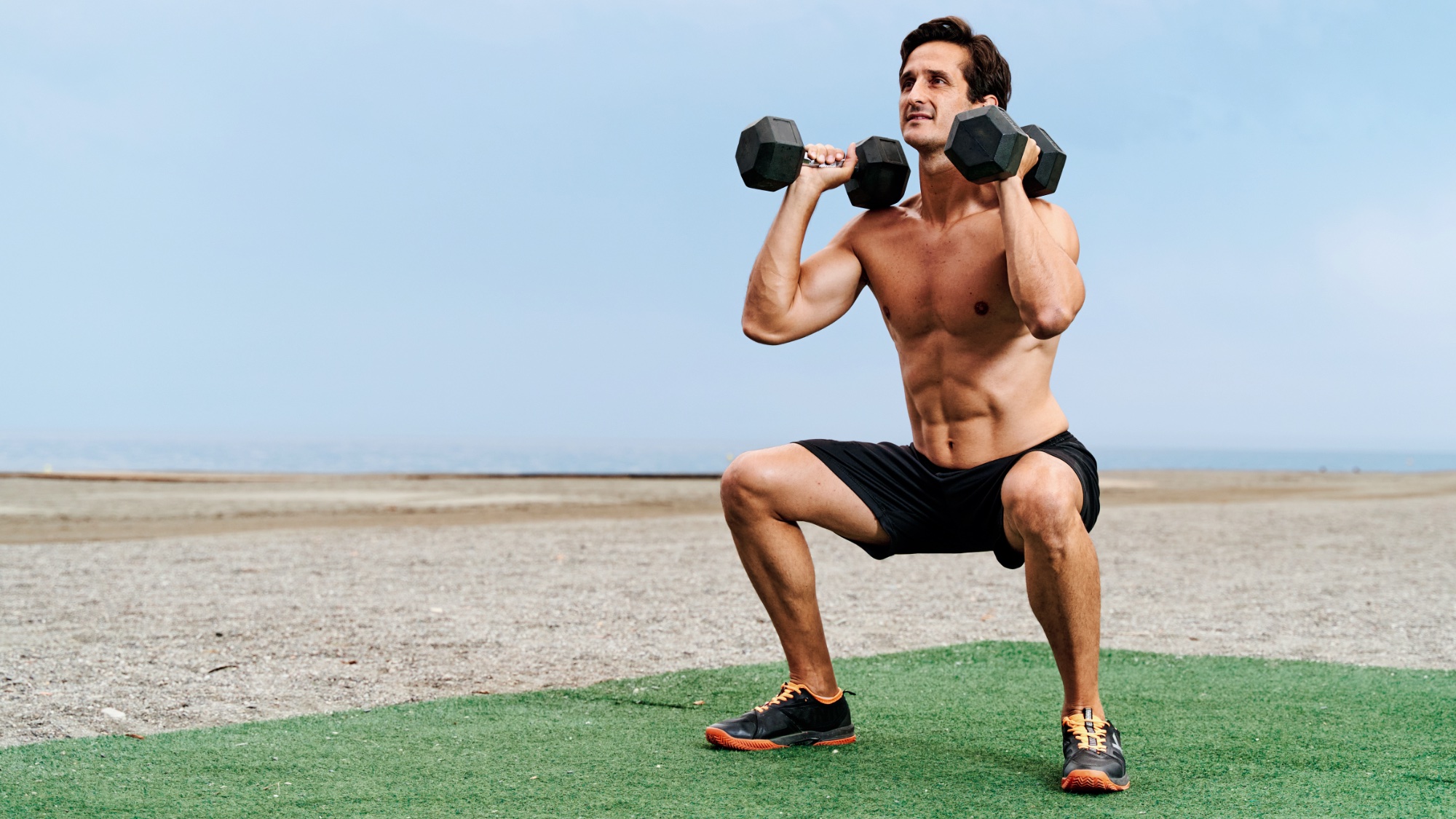
You walk into a gym, see lifters everywhere confidently working with barbells, and might think, I can do that, too. My best advice for a beginner is this — don’t. Try building up to barbell squats by working on the fundamentals first, which means focusing on your mechanics.
Start by learning how to squat using your body weight, and I strongly recommend using a mirror for your reps, or a coach if you have the funds and time to use one. Get familiar with cueing yourself as you squat using the checklist above, ensuring you can perform 10 reps with proper form and adequate depth, meaning your thighs reach at least parallel to the floor.
Once you feel comfortable with bodyweight squats, progress to goblet squats and front rack squats using free weights like the best kettlebells or dumbbells. Build to around 20kg, which is entry-level for using barbells. Then, practice lifting with a barbell using only the bar and solely working on technique — tightening up form, working on mobility and hitting depth with every rep.
It takes time, so only add weight incrementally every few weeks as you improve, get stronger and feel more capable on the bar. For example, if you can perform 8 to 10 reps of your chosen exercise with solid form, consider adding weight or progressing to the next exercise. Our one-rep max guide can help you decide when and how to add load.
3. Technique, technique, technique
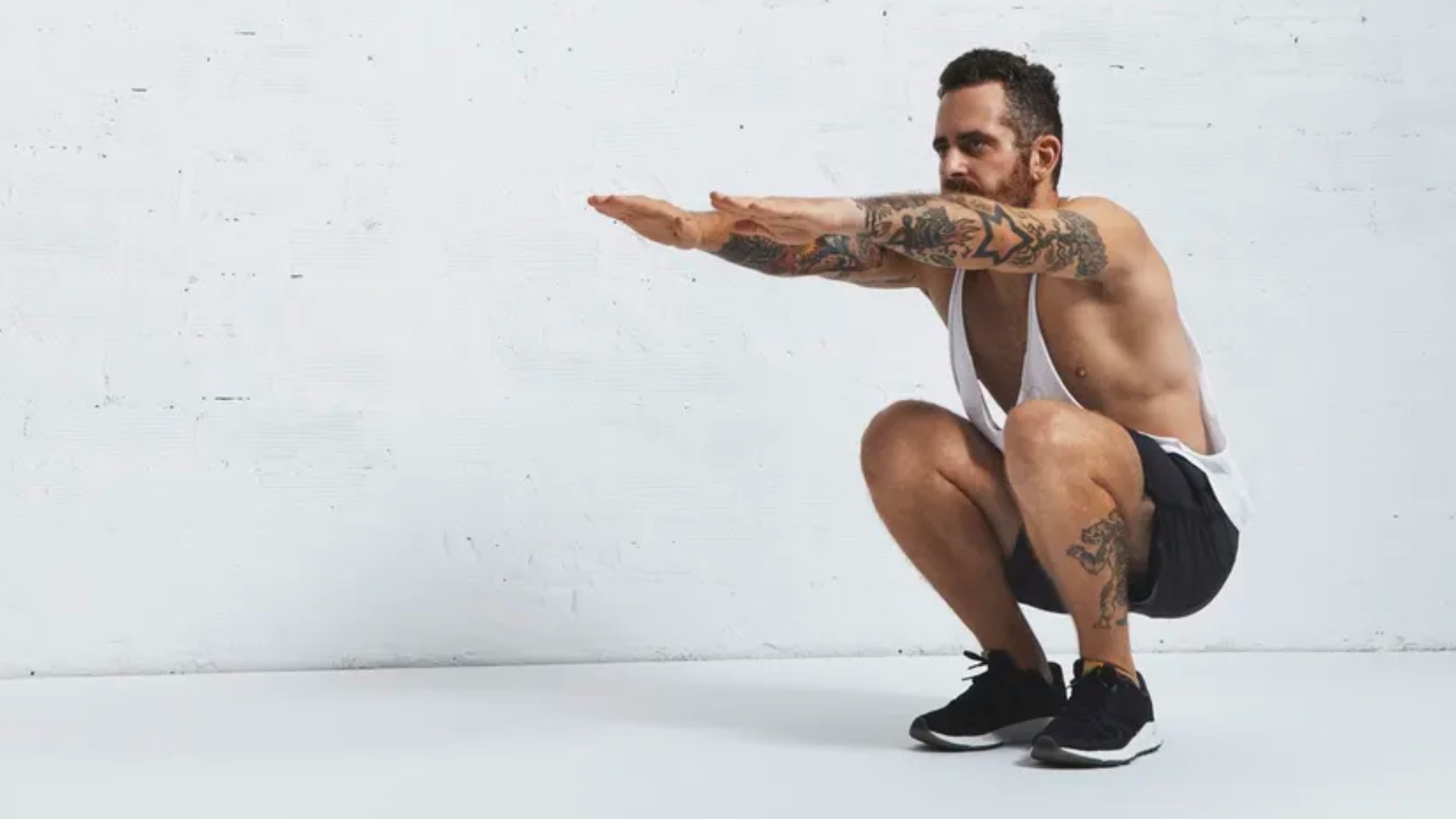
Your squat movement pattern can be ticked off from the ground up. Starting with your feet, we can break down a few key cues.
You might hear trainers say “Drive through your heels,” but I like to teach a tripod foot position. Press through your big and little toes and heels and keep the weight between your midfoot and heels rather than sending your weight forward into the balls of your feet.
Next, actively drive your knees outward to track in line with your toes and reduce pressure on your knees. It’s safe for your knees to push slightly past your toes depending on your body mechanics, but ensure your heels aren’t lifting. It's a fairly outdated view that your knees must always stay behind your toes, no matter what. However, knees turning in is still a no-no.
Keep your core tight, try to find as much depth in your squat as possible and squeeze your glutes at the top of the squat. If you’ve chosen a front squat, you should be able to rest the barbell across the upper body without using your arms. Check by extending your arms in front of you — if the bar stays in place, it’s in the correct position.
In essence, the exercise is as simple as sitting on a chair. As you squat, avoid excessively leaning forward (a slight lean is fine), rounding, or arching your back and always keep your neck neutral by looking ahead of you. If you're unsure about your back position, learn how to avoid butt-winking here, which should help maintain a healthy spine while you squat.
4. Never skip a warm-up
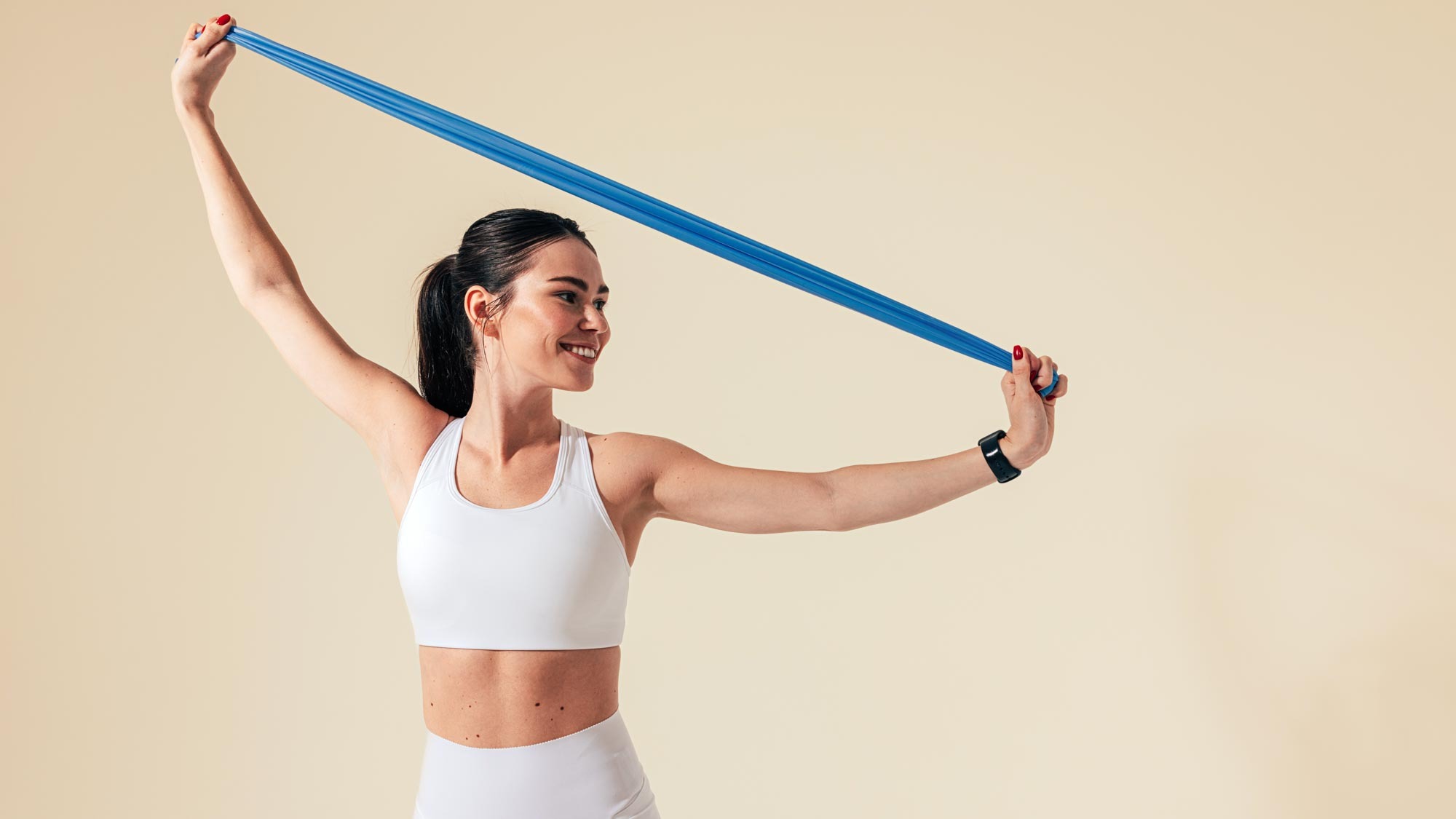
Going into your barbell squats cold is a fast way to injure yourself, so never skip a warm-up, even if it’s boring (we know it is). If your goal is to build a strong, functional and injury-proof body using barbell squats — this is how.
Start with some lower body mobility exercises or foam rolling exercises for the quads, hamstrings and hips. Exercises like inchworms, hip rolls and ankle stretches can also help warm up the muscles and joints and improve the range of motion around the joints.
Next, take a couple of sets to practice your bodyweight squats, performing 8-10 reps unbroken, then move to the barbell and do the same using the bar weight. Finally, start adding weight, hitting your main sets and reps only when you reach your working weight.
If you lose form, scale back to the maximum weight you can lift with proper form for your given reps and sets. Over time, you can adjust the numbers as you load more weight. I've included some tips on sets and reps below.
5. It’s not an either-or decision, so try both
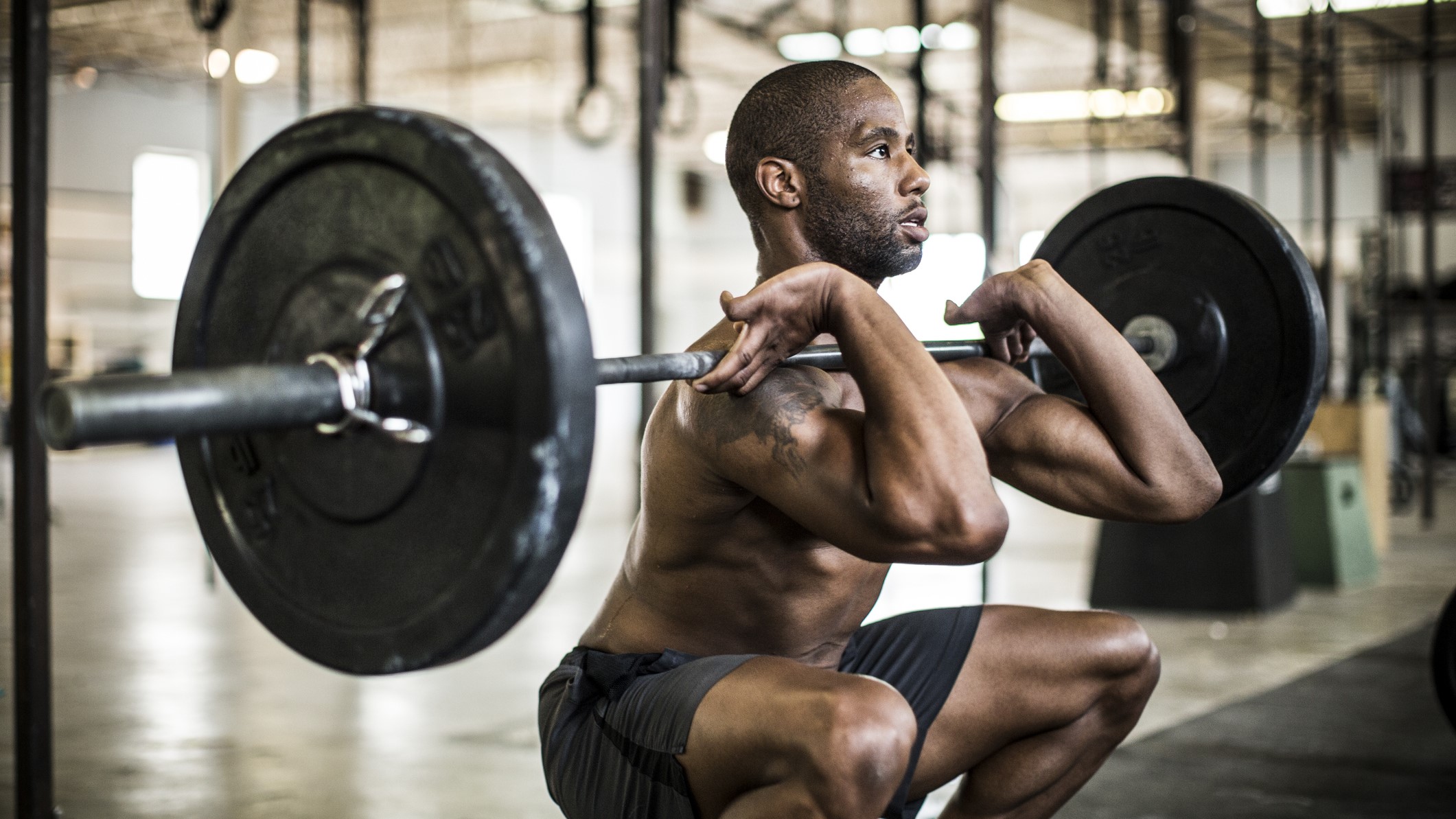
There are so many benefits of barbell squats.
Loading the barbell on your back or front of the shoulders engages your back muscles and increases strength, upper body mobility and muscular control. Strengthening your core from barbell squats can also improve posture while building lower body muscle — the more lean muscle mass you have, the faster your metabolism and the greater your potential for burning calories.
The front squat is slightly easier on the lower back than back squats, and the upright torso position also works the abs and obliques harder, further helping to strengthen your core. Front loading also improves upper body, shoulder and hip mobility, which is helpful for anyone feeling particularly tight.
However, back squats are seen as the trickier exercise to learn, so I would always recommend going lighter on your back squat to ensure you’ve developed enough strength and power to stand from the bottom of the squat. Many people start with front squats before progressing to back squats, but I like to use them both, depending on whether I want to work my quads or back body harder.
Unless you have an injury or have received particular advice from a trainer or physician, why not try both?
How to get started with barbell squats
Start with 3 to 4 sets of 6 to 12 reps as a guide. The heavier you load for strength-based training, the lower your rep range and the higher your sets will be. I recommend learning more about strength versus hypertrophy training to see how best to program to your goals.
Remember, results depend on the effort and consistency you put into your training. It will take roughly a month to start noticing results, and several months to create significant change.
One of the biggest downsides of barbells is the tendency to develop muscular imbalances, where your stronger muscles overcompensate and dominate the weaker ones.
I recommend adding bodyweight, dumbbell and kettlebell training into your exercise routine to help combat this, as well as incorporating stretching exercises or mobility routines where possible to help improve range of motion in your squats.
More from Tom's Guide
- 3 things I wish I had known as a yoga beginner
- Forget running — this 20-minute standing cardio workout is low-impact and will boost your metabolism
- I walked over 5,000 steps with the Helio Ring vs. Garmin Forerunner 165 — here's the winner

Sam Hopes is a level 3 qualified trainer, level 2 reiki practitioner and senior fitness writer at Tom's Guide. She is also currently undertaking her Yoga For Athletes training course. Sam has written for various fitness brands and websites over the years and has experience across brands at Future such as Live Science, Fit&Well, Coach, and T3.
Having worked with fitness studios like F45 and Virgin Active, Sam now primarily teaches outdoor bootcamps, bodyweight, calisthenics and kettlebells. She also coaches mobility and stretching-focused classes several times a week and believes that true strength comes from a holistic approach to training your body.
Sam has completed two mixed doubles Hyrox competitions in London and the Netherlands and finished her first doubles attempt in 1:11.



